Creativity is all around us
A system for attending to creative ideas
Creativity is intricately interwoven with attention. At its core, creativity is about connecting things that don’t obviously go together. But you can’t connect what you don’t notice. Attention is the substrate of creativity. What you notice determines what you can make.
To be honest with you, I’ve felt a considerable amount of shame for my inability to control my attention. Whenever I get the question ‘how did you think of this?’ it’s like a rush of blood to the head. I used to obsess over ways to hone my attention so that I could make more things and embody this creative potential that I so wished for myself. Often, I fell short. Like my desires for creativity outran my ability to pay attention, and all I was left with was this feeling of burnout and inadequacy.
Thanks to the attention economy, many of us have learned how to commodify our attention to optimize output. If I read the right books, if I watch the right things, then I can leverage this to be something… useful, I guess? Maybe a new creative project or side hustle! Monetize everything!!!!!
Attention, however, is not a fixed, individual experience. According to Yves Citton, it is shaped by attentional environments—an ecosystem of forces that determine how, where, and why we direct our attention. Technology, cultural norms, and power structures all shape our participation in collective attention, but it is not the ownership nor responsibility of any one person.
There’s no shortage of tools and frameworks for brainstorming, coming up with ideas, and how to turn them into creative outputs. They’re whatever. Lately, I’ve felt like these tools treat the brain as a cog in the attention economy machine. This isn’t to say these tools have no merit. Tending to a garden requires a plethora of tools: a trowel, shears, a rake. But even with all the right tools, without understanding the raw materials, your garden won’t grow. So I’ve been pondering what my system for getting my hands dirty may look like. Thinking in terms of systems helps me reframe creativity as something that I can tap into, rather than a resource for extraction. Feeling the soil between your fingers, watching how it crumbles and reforms. Recognizing that the soil is not yours alone, but something you’re welcome to share to grow something beautiful.
Two things are worth noting. One: in line with the notion of collective attention, these ideas are not solely my own. Many practitioners have discussed the attention economy and how it affects our creativity, and the awareness of attention as relational substrate for creative ideas is rooted in many cultures, especially various Indigenous communities. Which brings me to two: this is a self-report for how I’ve begun to understand my own practice for attending to creative ideas. It is not a proclamation for how creativity works for everyone, but I do hope in sharing this that something may be transferable.
One: Soften the Focus
Sometimes, when I go for a walk, I leave my glasses at home. Granted, my prescription is not too bad; something like -2.5 in each eye, which privileges me to not be at risk of urban dangers I can’t see like oncoming traffic or rabid raccoons. But even with my glasses, sometimes I just unfocus my eyes for a brief moment. I find this helps me decenter my attention on any one subject or sense. When everything is a little blurry, the periphery is of equal value to the foreground. Like the way that a slightly overcast day allows for the sun to wrap around the surfaces of your skin, casting softer shadows.
This is one embodiment of a shift in seeing the world not as a material to be consumed, but a sort of murmuration. Murmuration, here, can take on multiple meanings. A murmur is a soft, indistinct sound, often continuous, like a stream running in a stony channel. Murmuration refers to murmuring as an active experience. Murmuration can also refer to a particular swarm behaviour in birds. A flock of starlings shapeshifts: spreading apart, coming together, like swirling blobs that make and unmake shapes on a whim.
In my experience, creativity often arrives sideways. Softening the focus means letting go of the need to capture, and experiencing your environments in their entirety. Maybe it’s an ambient walk, maybe it’s staring at a page of text long enough to notice where your eyes naturally drift to. It’s immersing yourself in the sensory world.
Two: Sit in the Noise
I find that the first step naturally warrants a particular desire: curiosity. And there’s just so much to be curious about. As my unfocused eyes glance up at the trees, I notice the way the sun filters through the branches and creates a soft glow. I remember one of my favourite films, Perfect Days by Wim Wenders, where I learned the Japanese term komorebi (木漏れ日) for this specific phenomenon. How lovely is that? A term that recognizes beauty in something so mundane. I wondered what other terms exist to capture such particular wonders of ordinary life. When I got home, I started an Are.na board, Beautiful Words, where I’ve begun capturing exactly these (and I would encourage you to add to). A few of my favourites so far: zephyr, a soft gentle breeze from the West, and petrichor, the pleasant smell of the first rain after a period of dry weather.
I hope you can see what I’m getting at here. Sitting in the noise is an active process of noticing the signals that we’d otherwise filter out. I like to think of it as eavesdropping on the world around me. Often, the most curious and intriguing things are hidden in the “boring.” And you don’t need to commodify it; you’re not sitting in the noise with the explicit goal of it turning into some greater idea. You’re just noticing.
Three: Follow the Trail
You know that feeling you get when an idea just resonates, but you’re not quite sure why? Intuition is one term for it. My friend Peter Pelberg calls these pings, and he has built a practice around collecting pings and recognizing patterns over time. Whatever it’s called—collect it and let it go.
Last year, I had this realization that printing paper is just processed plant matter. I was struck with the idea of printing on unprocessed plant matter—how silly and fun it would be to figure out how to print on leaves I picked from my local park. I didn’t really know what I wanted to print, or why. It just resonated in a way that all peculiar ideas do. So I jotted it down in my notes app, and let it sit.
Then, I came across this t-shirt that read “I’ll send you digital flowers so they won’t ever die” in a sans serif font overlaid on an image of purple and white crocuses. So I started there: why don’t I print this quote and a picture of a hand holding a flower on a leaf? I thought it to be so interesting; the contrast between the mortality of living matter and the immortality of digital matter.
This segued me into the stream of new media research concerned with digital decay. The Enduring Ephemeral, or the Future is a Memory by Wendy Hui Kyong Chun was one article I found in my research that challenged me to reconsider my relationship with technology—in particular, the slippery notion that digital matter is immortal. I learned everything I could about how digital data is fallible and requires constant regeneration, and how the misconception of permanence affects the way we engage it. I used this as subject matter for more leaf printings, such as a diagram of the memex, a hypothetical memory expansion device that prefaced the modern computer.
The point is: knowledge is iterative. My project on digital decay would never exist if not for an intuitive hunch to see what happens when I put leaves in my printer. You don’t need to have this robust thesis in order to start making. The beauty of critical making is that learning and doing are simultaneous activities.
Four: Compost Unused Matter
Back in April, I gave a talk at Fleuron about digital composting, which is my approach to facilitating the decomposition of digital objects and ideas—you can read more about it here. See, I’ve notoriously been someone who collects everything. I was obsessed with this idea of a personal wiki that records every idea and thought I’ve ever had, based on the assumption that someday I will return to them and transform them into something new. (NB: “productivity content” was all I consumed circa 2018-2022.) I was misguided in a few ways.
The first thing I got wrong was that I will return to them. It’s true that I may occasionally scroll through my notes app, find an idea I jotted down months ago, and think, “Aha! I must revisit this!” But this only goes so far. The truth is that I may scroll a few pages, get my hit of dopamine over having these ideas, and then let them sit. The backlog began to build and sooner than later, I was inundated with half-baked ideas that I never really felt motivated to revisit because the context wasn’t the same anymore.
So I started to be more intentional about cleaning my digital files. It became an act of reflection. Each note was an opportunity to ask: Why did this idea inspire me enough to write it down? What can I see this turning into now? Is there a better use for it? I wrote on my blog, “It’s paying attention, reflecting on each item’s significance and decay as a necessary part of digital life.” Most importantly, it makes room for the most resonant ideas to grow.
I’m not saying that you should just hit delete on every idea you’ve ever had (actually please don’t). Though, I do think there’s something to be said about bringing more intentionality to the process of collecting ideas, and the pressure to keep them forever. Sometimes, things die. We can either resist that, or we can honour it. In my experience, honouring digital decay has allowed me to shift the narrative away from creative ideas being something I own, toward a collective experience of creativity as a mindset.
Five: Notice the Patterns
It’s funny how hindsight really is 20/20. I remember the first time someone told me, “It’s so cool how nature is such a prevalent theme in your work!” And I genuinely went… huh! I guess it is! I never really carved out the themes of my work, they just emerged. I think this boils down to practice of reflection. What do you notice when you attend to creativity in a way that feels authentic? What keeps showing up? In my opinion, this is how a creative practice comes to be.
So why did I present this as a system for attending to ideas? Earlier, I mentioned how this helps me reframe creativity as something I can tap into, not a resource for extraction. A system is a set of interconnected parts that work together to form a whole. And the thing is, creativity is all around us. It’s in the air whether you breathe it or not. Understanding that it is not mine to harvest or monetize, but rather a way of noticing, has helped my creative practice grow into something that feels more organic. Even when I’m not actively making something, I feel creative in my bones. And this is all I’m after.
Thanks for reading 🌱 I’ve adapted this into a (free!) journalling guide on my new Patreon if you’re curious to action some of these principles. It’s where I’ll be sharing more *intimate* musings on creativity, research, and technology - as well as some Zoom group calls.
Until next time,
Matt



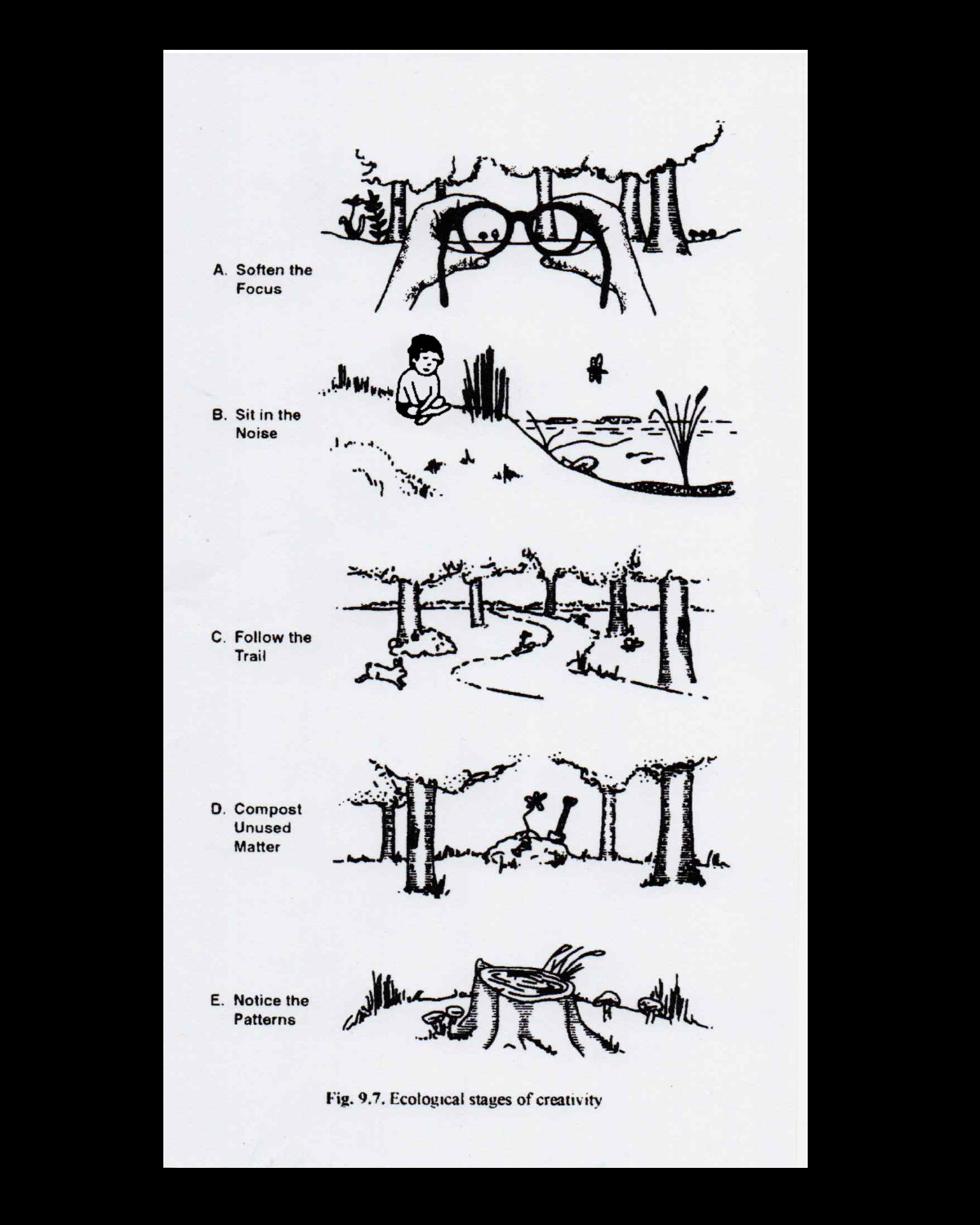

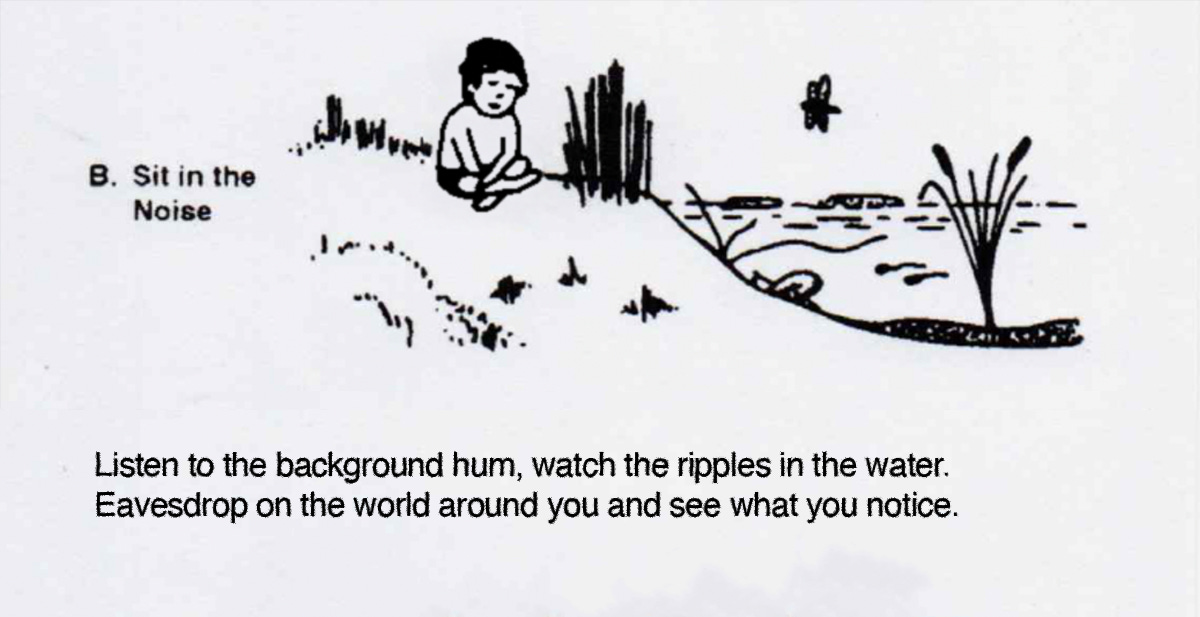

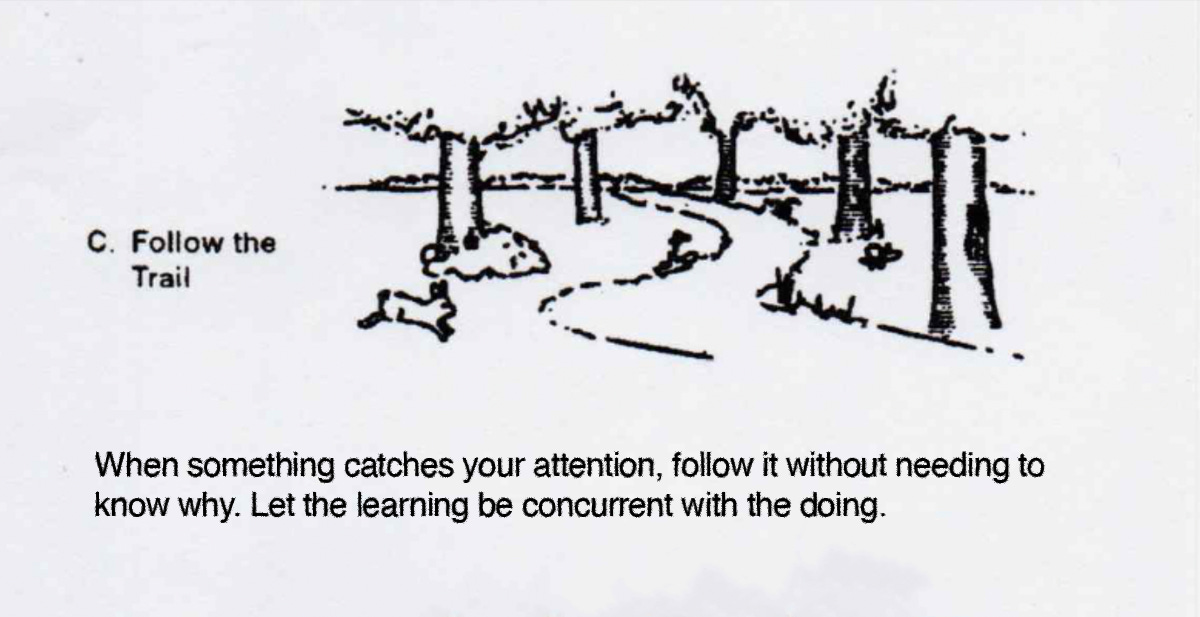
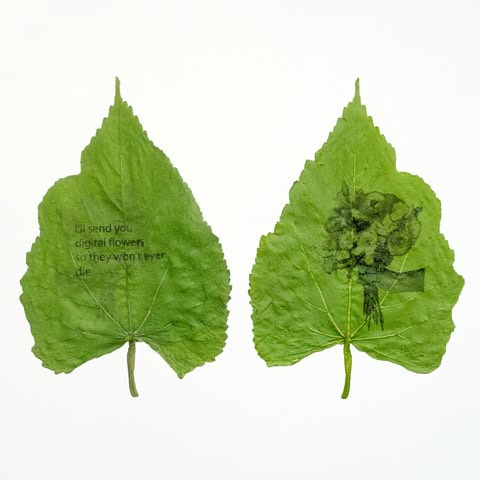
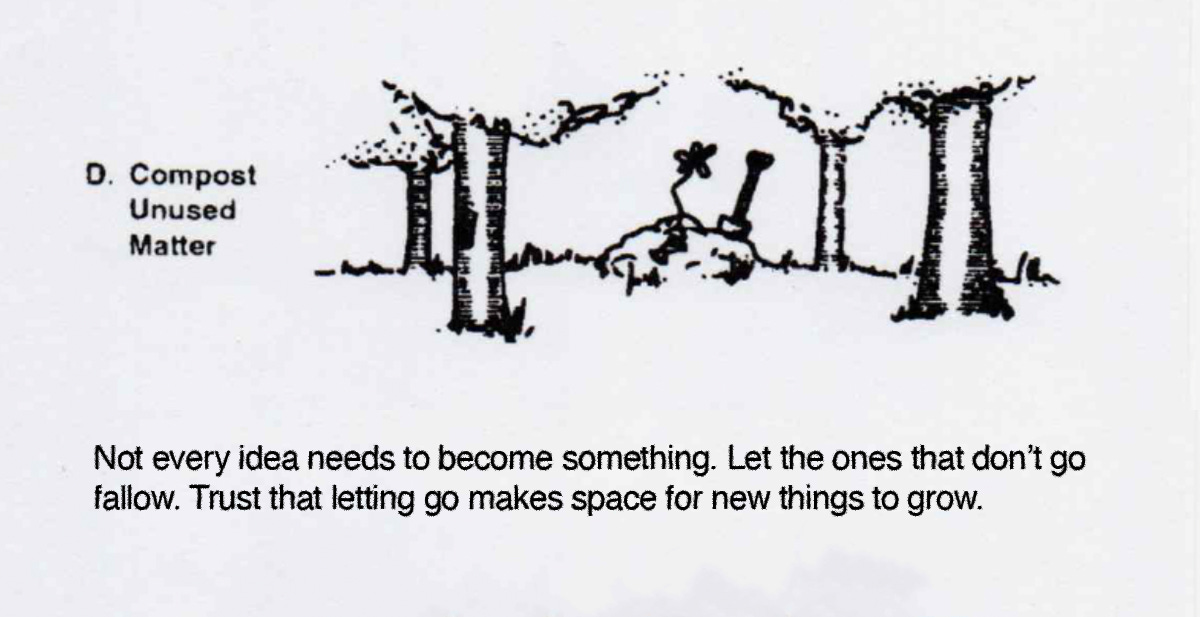
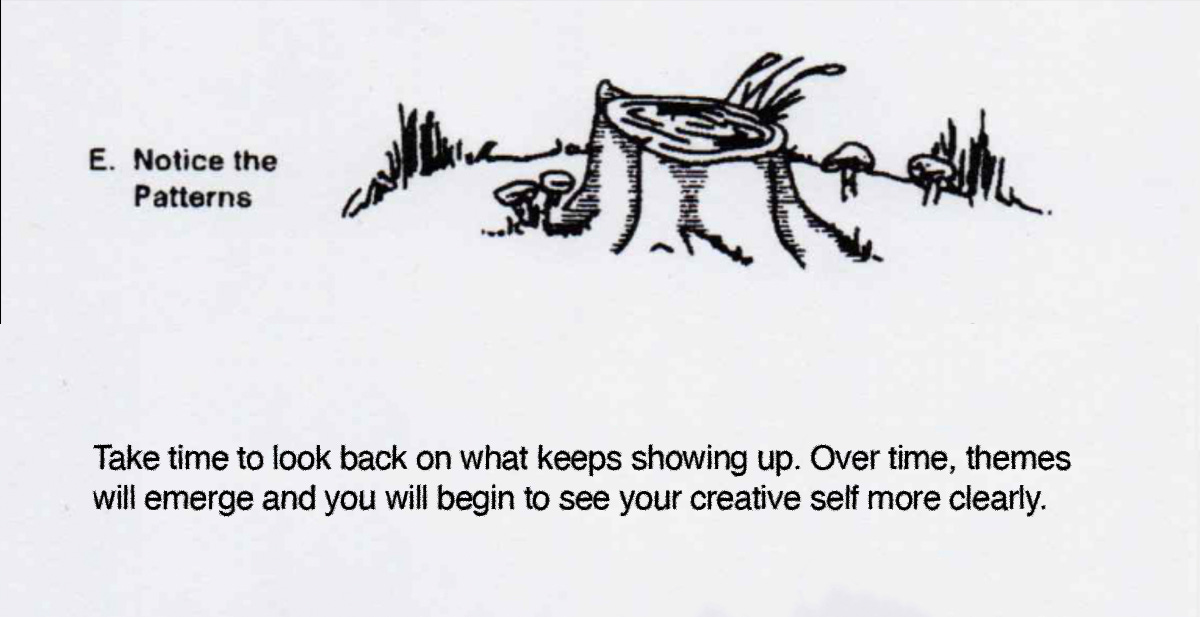
This is awesome. Thank you for sharing
🤍 Creativity often arrives sideways 🤍